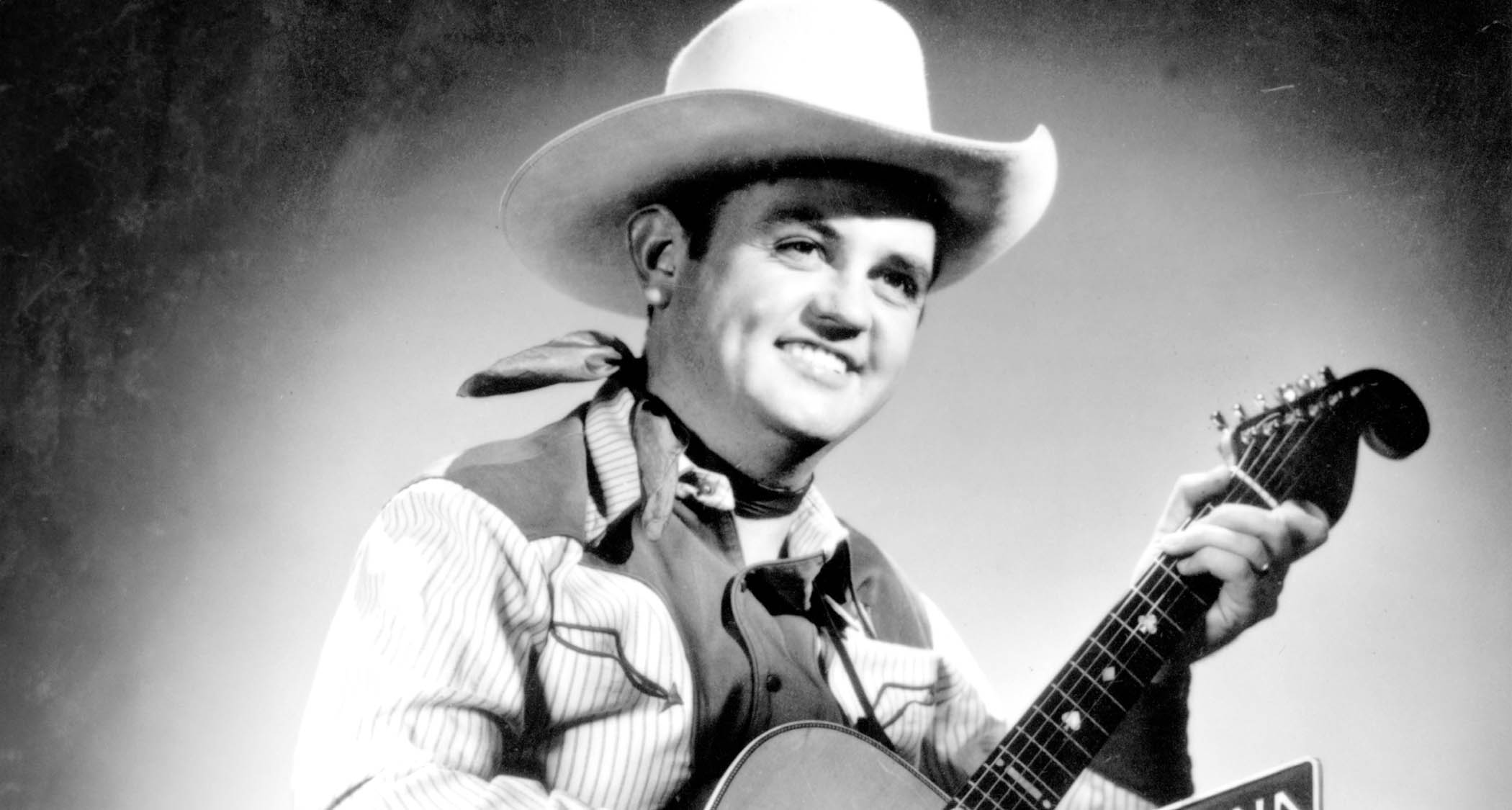
In this lesson, I will be focusing on the techniques and approaches of three early country artists: Merle Travis, Lester Flatt, and Hank Williams.
While these players sat firmly within the country and bluegrass genres – Flatt, as one half of the legendary Flatt & Scruggs guitar and banjo duo; Travis, a country megastar after whom Travis picking was named; and Williams, a troubled songwriting genius who died just before his 30th birthday – today’s Americana artists blur all of these stylistic boundaries.
Today, Americana incorporates techniques from bluegrass, country, folk, blues and more to create its unique sound.
In its earliest form, Americana means Appalachian mountain music, which then develops into a number of different styles from bluegrass to American folk, the latter giving voice to artists like Paul Simon, Bob Dylan and Joan Baez, who brought the nascent sound of Americana to a much wider audience.
It also encompasses elements of country, blues, and Louisiana cajun music, which makes Americana a catch-all for several different styles and therefore meaning things to different people. As you’ll see from this study, each artist had a unique approach to the guitar which inspired many generations to come.
Example 1
In this Travis picking example, the melody moves while the bass plays a root/octave pattern. Travis used his thumb and first finger for plucking everything, but most guitarists use second and third fingers for the third, second, and first strings. Chet Atkins refined Travis picking like this to make the technique his own.
Example 2
Now you can try the ‘other’ Travis bassline which incorporates the fifth string against the earlier root/octave pattern. Remember with Travis picking you are still generally playing through chord progressions so the thumb has to be adept at quickly altering its pattern as you change chords.
Example 3
This example tests your ability to move between two different chord shapes and basslines while sustaining a melody line over the top. At first this may feel like a lot to process, so start slowly and focus on getting the picking-hand thumb to the point where it’s automatically and accurately playing the bassline.
Example 4
For this Lester Flatt-style alternating bassline on a D major chord, Flatt would have used a thumbpick which gave him a different angle of attack and therefore a slightly different sound from that produced by a pick. You can play this with downstrokes all the way.
Example 5
Here’s the percussive element of Lester Flatt’s style. The three-string D chord is played staccato so it only sounds briefly. Take the pressure off the chord as soon as you have played it but don’t remove the fingers altogether. Ease off the pressure and you’ll notice the chord stops sounding which creates a more percussive quality.
Example 6
Here the chord is played on beat 2 and the offbeat, as well as beat 4 and its offbeat. If you are using a thumbpick the approach is similar to the Carter pick/flick style though here you can use just the first finger of the picking hand for the down/up flick, or the first, second and third fingers together for the down/up motion.
Example 7
Intros and outros are a huge part of what the guitar does in bluegrass, and Flatt was famed for his G major runs like this one. It’s based around a G major scale in the open position and takes us from G to D and back again. If you only learn one bluegrass lick then this is the one! You may find this easier to play with a plectrum.
Example 8
Although Hank Williams’ style was simple he played with a great feel and, when combined with his ‘choppy’ strumming, gives you the rhythm guitar style that is at the core of country playing. This example in 3/4 time shows how an alternating bassline works on a mid-tempo waltz.
Example 9
This next Hank Williams style example shows how he’d play loose strumming patterns in 4/4 with the alternating bassline approach, again note the slight swing feel in here and make sure you are accurate when picking bass notes followed by chords.
Example 10
Williams hinted at bluegrass in his more up-tempo tracks. The alternating bassline/chord pattern is still here but the tempo is faster so work on separating the bass and chords. Play this loosely but see if you can maintain the stamina to play the pattern repeatedly for a few minutes, as you would in a performance.
- The Americana Guitar Book is out now via Fundamental Changes.







